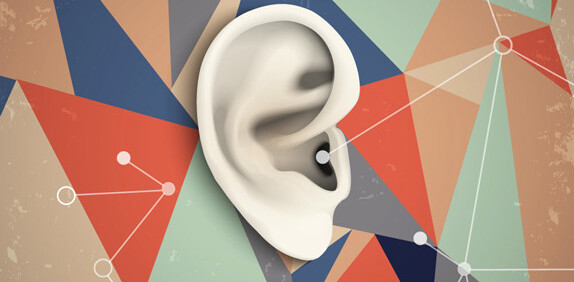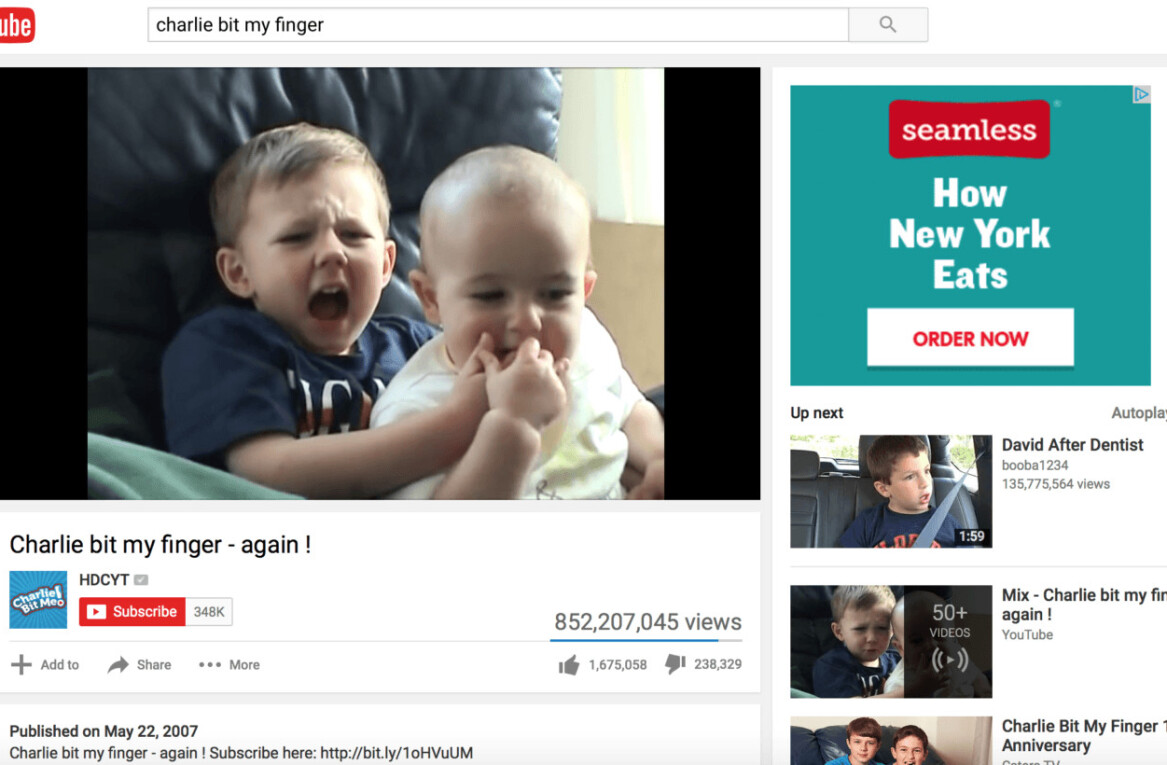
David Arnoux is Head of Growth and co-founder of Twoodo, helping teams organize using simple #hashtags.
“It was a disaster. I missed the last metro ride home, and I had run out of cash for a taxi. I had to walk for two hours to get home! And it was pouring rain. Worst – night – ever.”
“I’ll never go there again! Cockroaches all over the bathroom, stains on the bedding and the stairs had no light. And we were on the 6th floor with no elevator! And they wouldn’t give us our money back. I was furious!”
“Buying the upgrade was the worst decision ever. I haven’t been able to figure out how to turn on a single channel since we got it. And the customer service? Well, they’ll jump over each other to get you to sign up but as soon as that is done, they’ll avoid you at all costs.”
Somehow, we are drawn to negativity more. Why? We know that a business won’t write a fake bad review. But they sure as heck could write fake good reviews!
Are we just cynics? Not quite. We are survivalists. We are wired to go to red alert if we detect a possibility of being scammed or tricked out of our time and money. But our lizard brains still cannot distinguish between the annoyance of having a flat tyre and a panther bearing down on us.
Bottom line: people are more likely to talk about negative experiences than positive ones. I’ve spent the last year building the simplest possible team collaboration tool and I’ve witnessed this to be true not only from external people but also internally within a group, team or company!
It’s not because we are all mean and blackhearted, subliminally pushing negative psychology – passing on these stories is not simply a call for attention. It passes on the ‘dangers’ of what that person went through.
Probably the next time that person is out late at night, they’ll pay more attention to the public transport times or at least have some emergency cash on hand. The hotel guests will vet their choices more closely. The cable subscriber will get out of the plan at the first moment’s notice and discredit the company at every opportunity to prevent good people from having a bad experience.
“The brain handles positive and negative information in different hemispheres,” said Professor Nass. Negative emotions generally involve more thinking, and the information is processed more thoroughly than positive ones, he said. Thus, we tend to ruminate more about unpleasant events — and use stronger words to describe them — than happy ones.” – New York Times
So not only do we dwell more on negative events and information, but we forget the good and the great that we always deem ‘unforgettable’ in the moment. Ladies and gentlemen, this is the reason you should take as many photos of the good moments as possible – you won’t remember them half as well as you hope!
How can I use negativity psychology to my advantage?
Look at any regular news website and you’ll see a proliferation of despair and destruction. This is because it works! The morbid fascination with the terrible things going on in the world is linked to assuring ourselves that where we are is secure.
However, being exposed to negativity induces hormones that cause increased fear, stress and depression – to both the person broadcasting the negativity and those receiving it (Psychology Today).
But wait! There are forms of negativity that don’t involve the word “no” or “you suck.” Negativity also comes in the forms:
- scarcity (only 98 left! your trial expires in 3 days!)
- exclusivity (invite-only group)
- inclusivity (you’re missing out by not joining)
- ‘love to hate’ (hipsters: am I right – AM I RIGHT?!)
- universal hate (spilling coffee on a white shirt; deluge of rain at an outdoor concert)
- Version A: “Sign up to our free beta version today”
- Version B: “Hurry, only a few spots left for our free beta version”
At Twoodo we have tested and played around with “artificial scarcity” quite a bit to let visitors know that there was limited access to our beta version. This increased people’s curiosity. We tested two calls to action for one of our sign-up models.
After 1,850 unique visits to the page and reaching statistical significance, Version B outperformed Version A by 47 percent – thought admittedly, we’ve had three to four unsuccessful tests prior to this successful one.
Use sparingly, or not at all?
Whilst negativity is most frequently seen in CTA buttons, it is not typically used in copy or content. For example, you should probably keep your author bio neutral or positive at all times. But if you do go that route, it has to be justified.
If you are going to write a post that complains, your data has to back up the claim. Can you really find “50 terrible tweets sent to customers”? Or “100 things that are wrong with the funding ecosystem today”?
It helps if you don’t overwhelm the reader with unhappiness, as Hubspot found out. Our minds can handle negative information, but only small doses at a time. An interesting find by Florida State University showed that whilst criticisms could only be taken one at a time, usually five positives can overcome the psychological effects of negativity. It’s a number worth keeping in mind!
An emotion of particular interest to test is fear. People are fear-averse, but can you convince your prospective buyers that your product/service will save them from a scary situation? As this interesting article points out, the wrong balance of fear will cause prospects to find investing in your product the more fearful risk. It’s a question of the perceived quantity of a guaranteed loss or a potential gain.
A negatively-flipped heading is certainly worth testing rather than dismissing right off the bat as a bad idea. You can (and should) A/B test blog titles, tweets, copy with a negative turn. Check this out:
- Tweet 1: “5 steps to increasing the awesomeness of your website in minutes” (positive)
- Tweet 2: “Your website will not be awesome if you don’t take these 5 steps” (negative)
or…
- Blog post title 1: “15 new and exciting recipes for peanut butter” (positive)
- Blog post title 2: “15 peanut butter recipes you’ve been missing out on all your life” (negative)
and…
- Landing page copy 1: “Managing your accounting as a freelancer could never be easier with our free software” (positive)
- Landing page copy 2: “Accounting management is chaos for busy and tired freelancers. Our software can take the edge off the pain.” (negative)
I for one wouldn’t mind seeing a bit more spice added to the linguistics of the business world. As professor of linguistics Dr. Ingrid Pillar states:
“One of the sad effects of a certain form of English management-speak spreading to every corner of the globe is that it sucks the life out of the language…”
Entrepreneurs and startups like to think that they’ll never go down that road – but as companies grow and lean towards mass appeal, this is the easiest way to not offend and removes the burden of putting too much thought into interesting and memorable copy. Even if it sometimes uses negative psychology.
But that’s just me. Bottom line? Test that contentious copy and see what happens!
Get the TNW newsletter
Get the most important tech news in your inbox each week.






